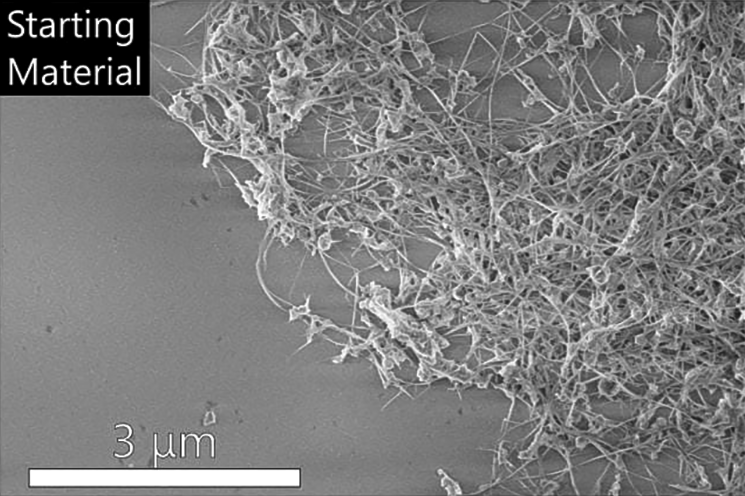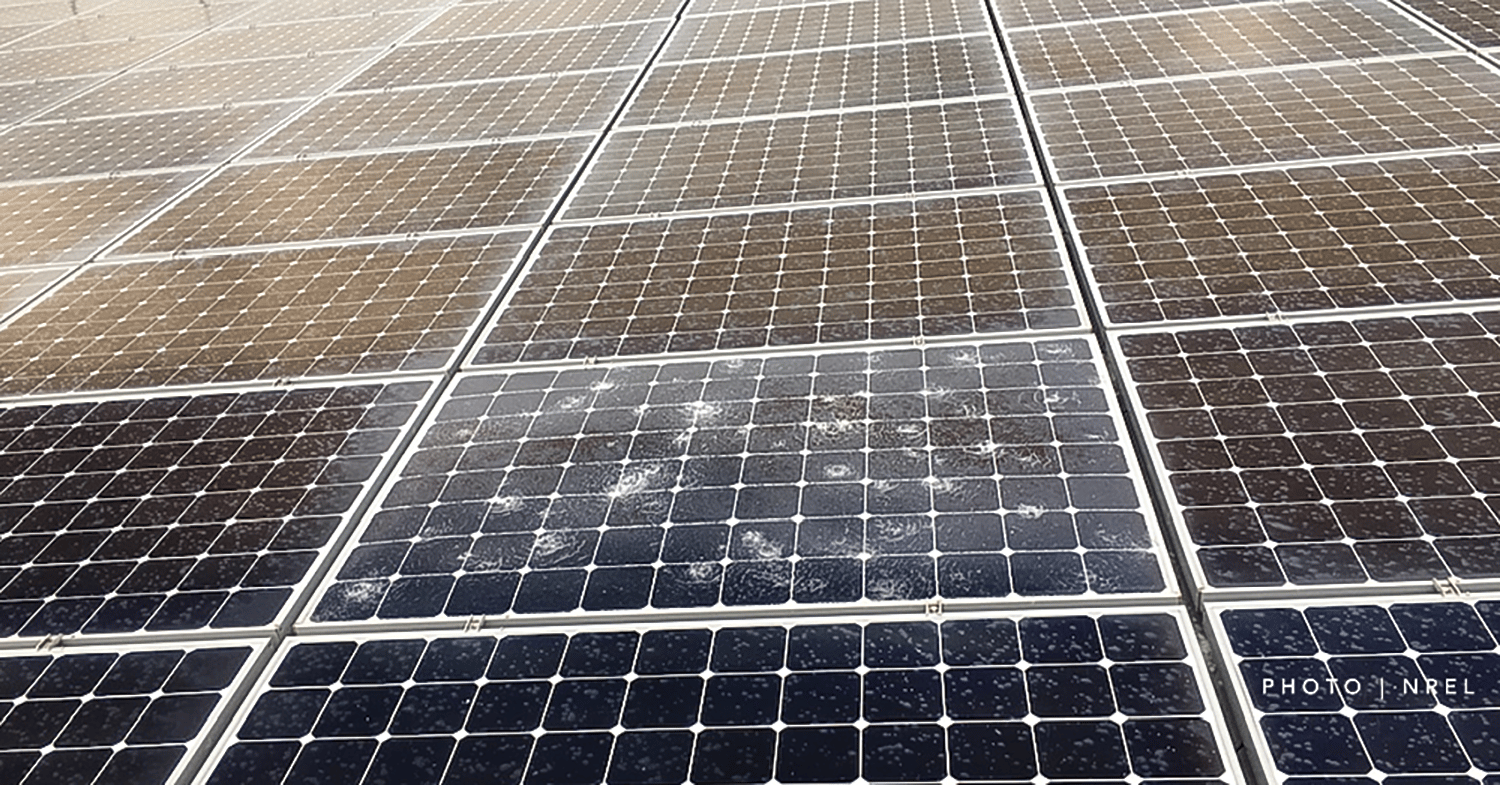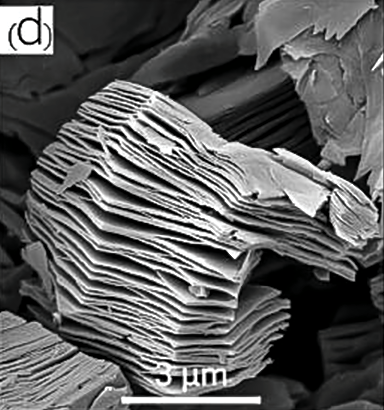departments
CERAMICS IN MANUFACTURING
CERAMICS IN BIOMEDICINE
Research News
Engineers 3D print the electromagnets at the heart of many electronics
Massachusetts Institute of Technology researchers modified a multimaterial 3D printer so it could produce 3D solenoids in one step. Solenoids are electromagnets formed by a coil of wire wrapped around a magnetic core. They are a fundamental building block of many electronics. The modified 3D printer created the solenoids by layering ultrathin coils of three different materials. The solenoids were able to withstand twice as much electric current and generate a magnetic field that was three times larger than other 3D-printed devices. Visit the website for more information.
Researchers discover 2D waveguides
The U.S. Naval Research Laboratory, in collaboration with Kansas State University, created slab waveguides based on 2D hexagonal boron nitride. The research was motivated by challenges with optically measuring 2D transition metal dichalcogenides (TMDs). When laser light is focused on TMDs, particles known as excitons are generated. Most excitons emit light out of the TMD’s plane; however, elusive “dark” excitons exist in some TMDs and emit in the TMD’s plane. The new slab waveguides capture the light from the dark excitons, providing a way to study them optically. Visit the website for more information.
First ‘ghost particle’ image of Milky Way
From visible starlight to radio waves, the Milky Way galaxy has long been observed through the various frequencies of electromagnetic radiation it emits. Now, researchers have obtained the first-ever neutrino-based image of the Milky Way using the U.S. National Science Foundation-supported IceCube Neutrino Observatory in Antarctica. Drexel University physicist Naoko Kurahashi Neilson proposed the innovative computational analysis used to generate the image and received funding to pursue her idea through a grant from NSF’s Faculty Early Career Development program. Visit the website for more information.





